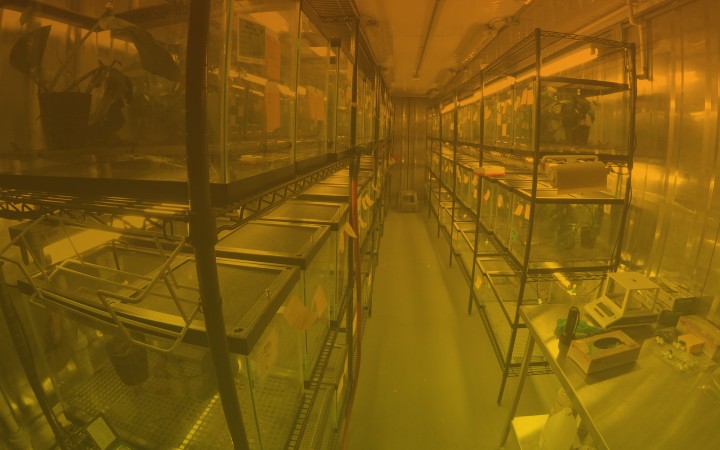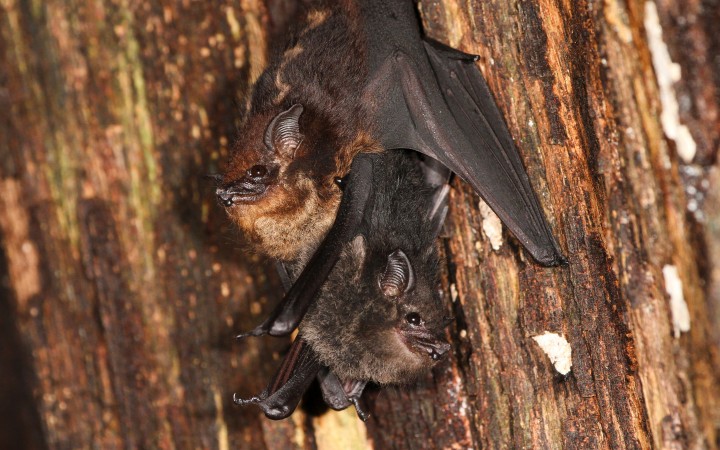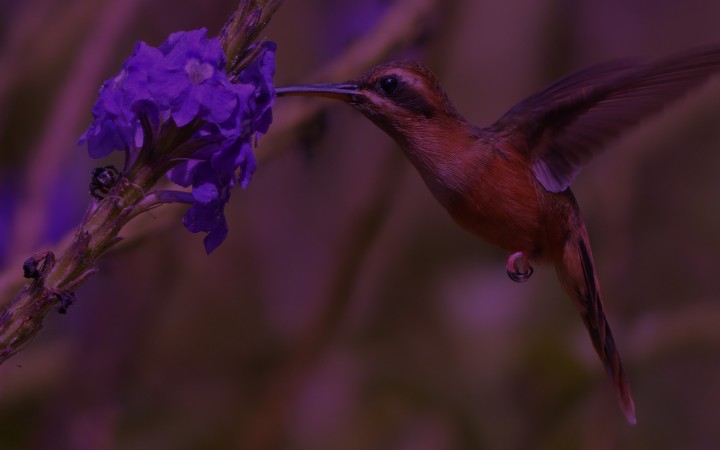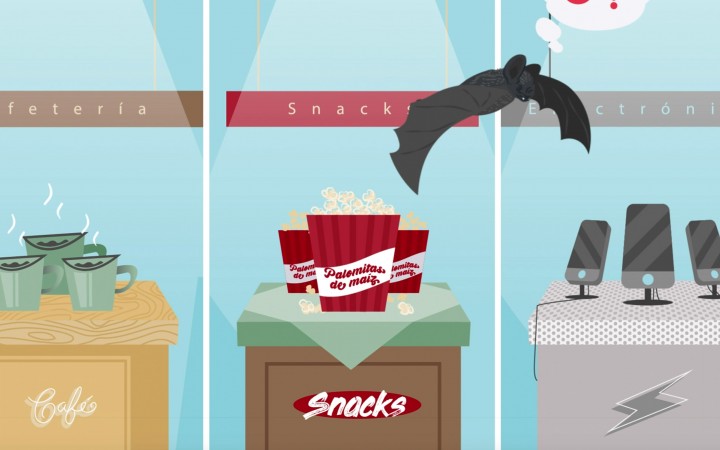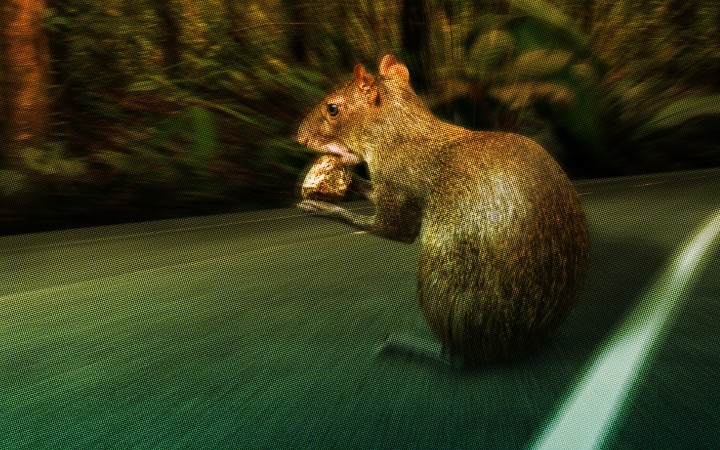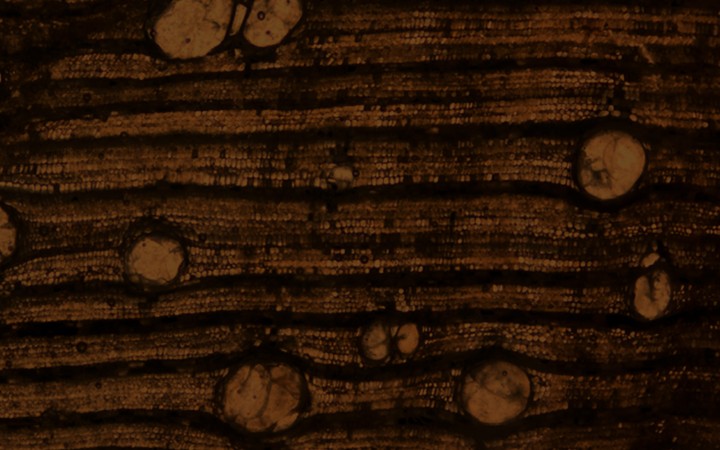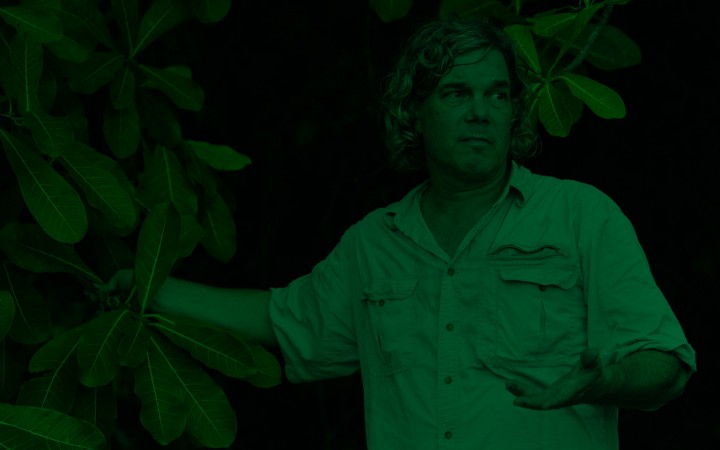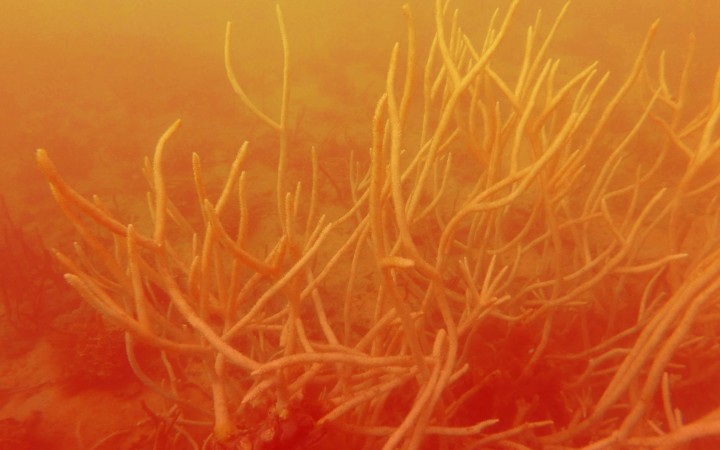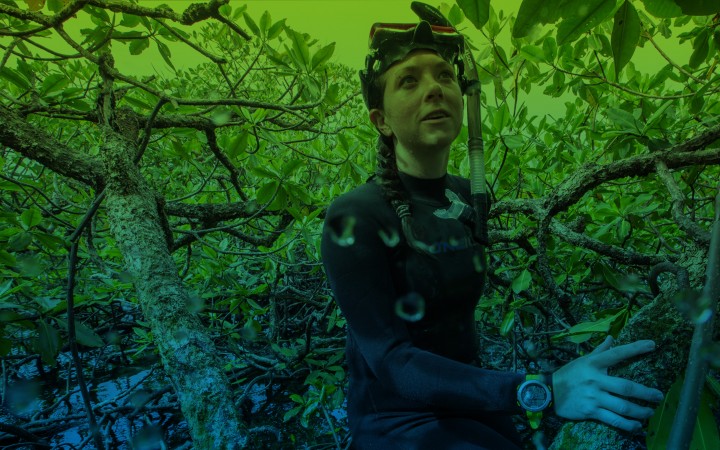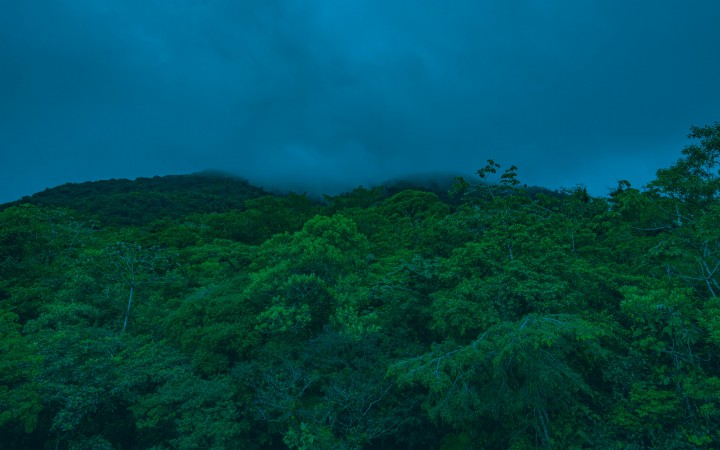An Amphibian Arc During Pandemic Times
For the last several decades, amphibians have experienced population declines and extinctions due to their own pandemic caused by a chytrid fungus. Creating amphibian arks is critical for the survival of the most-affected species. Jorge Guerrel, project manager of the Panama Amphibian Rescue and Conservation project, will give us a closer look at Panama’s pioneering efforts to conserve native...
